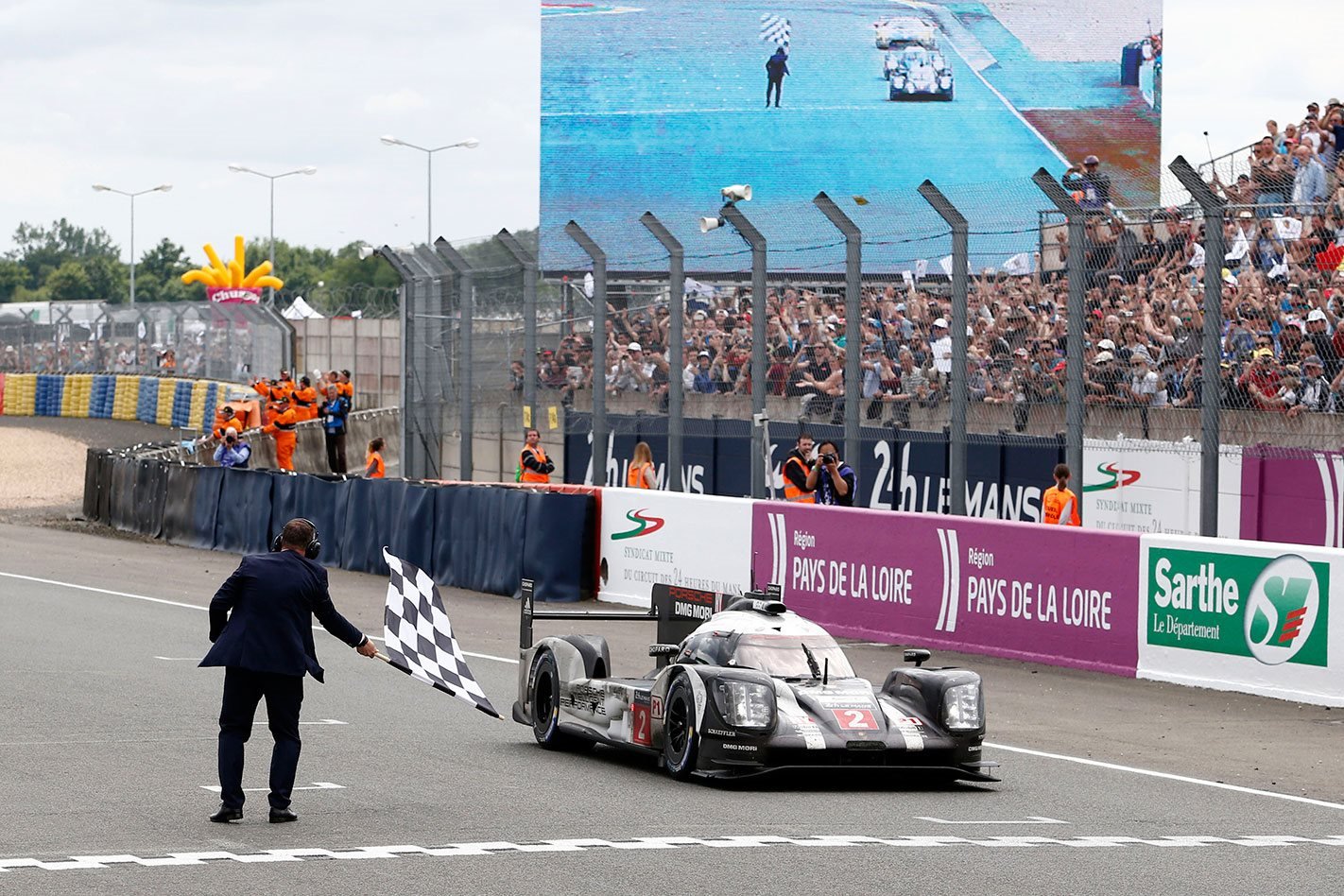Firstly, if you haven’t seen the end of the 2016 Le Mans 24 Hour, take the time to watch the video above before you read on.
The 84th running of the French endurance classic was just that, a classic, destined to be remembered and discussed for decades to come. Here are nine things we learned from this year’s race.
1. Motorsport can be very, very cruel
It’s impossible to imagine how everyone involved in the Toyota effort felt as the No. 5 car ground to a halt on the very last lap.
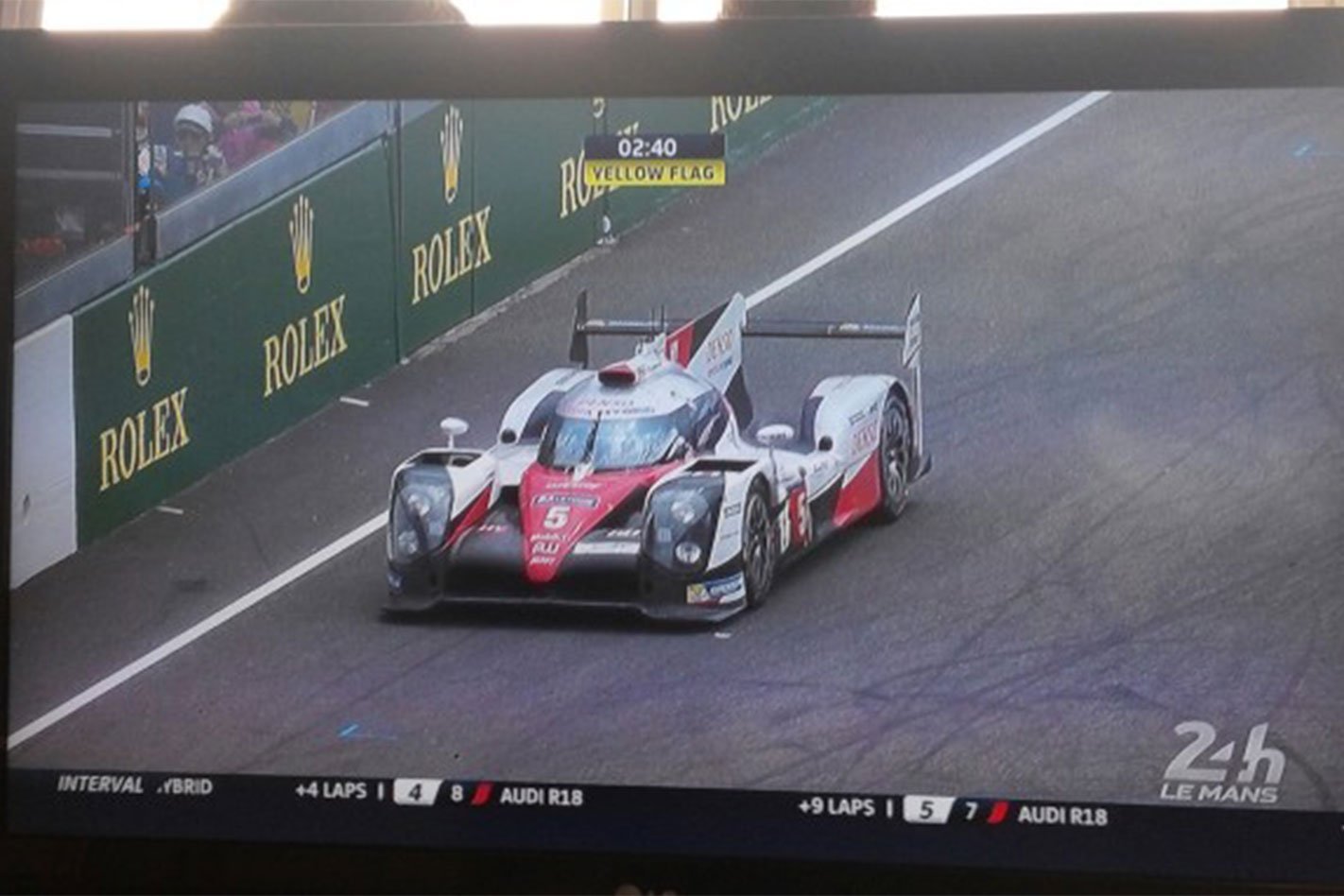
2. But also heartwarming
It’s easy to be magnanimous in victory, but Porsche’s response to its rival’s misfortune was very classy and speaks volume for the camaraderie that still exists in sports car racing.

Audi has been utterly dominant at Le Mans, winning 13 of the 15 races between 2000-2014, however its struggles this year illustrate that every year is a clean slate.
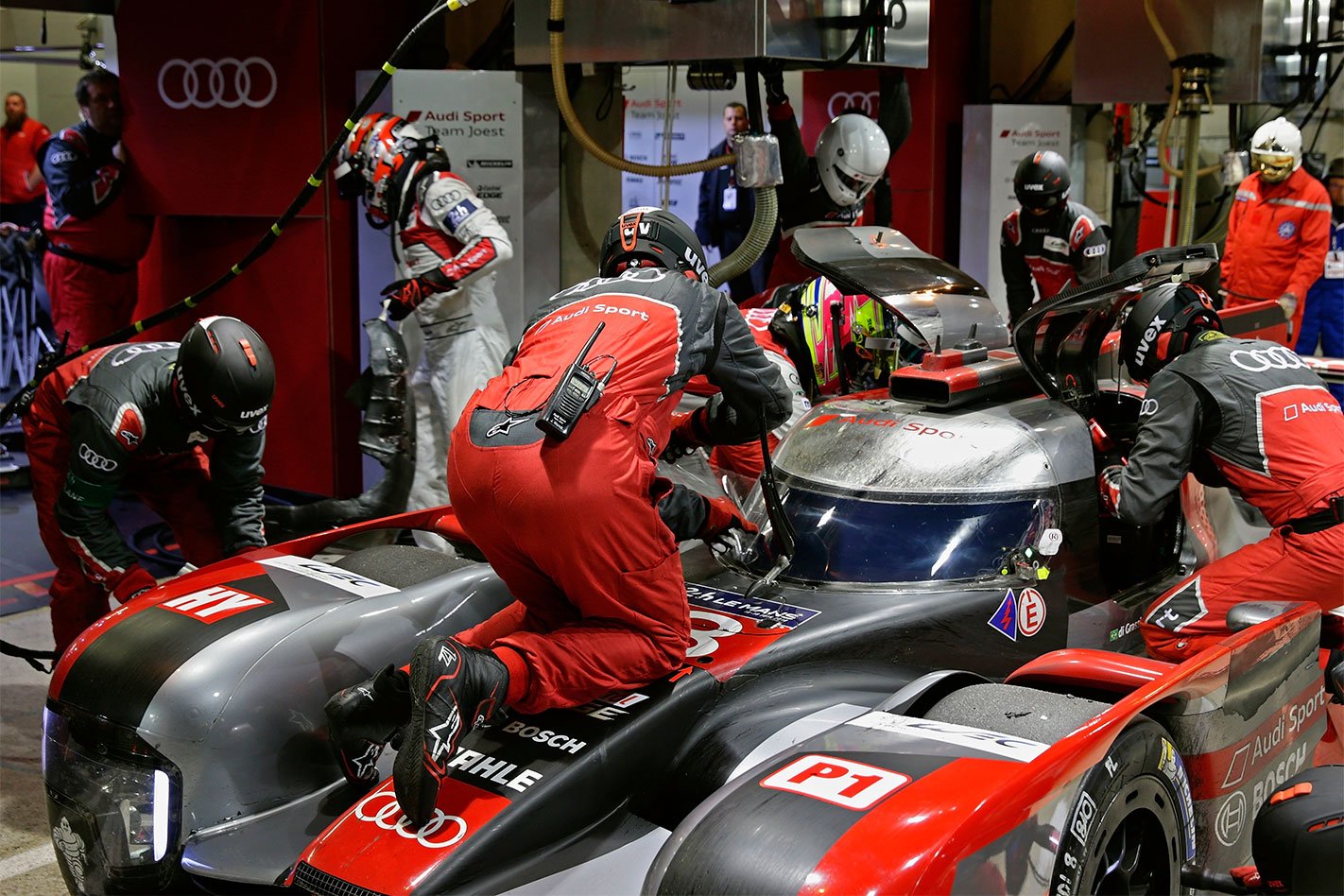
4. The LMP1 regulations work
The success of sports car racing has ebbed and flowed over the years as different sets of regulations have come and gone but the current regs work a treat.
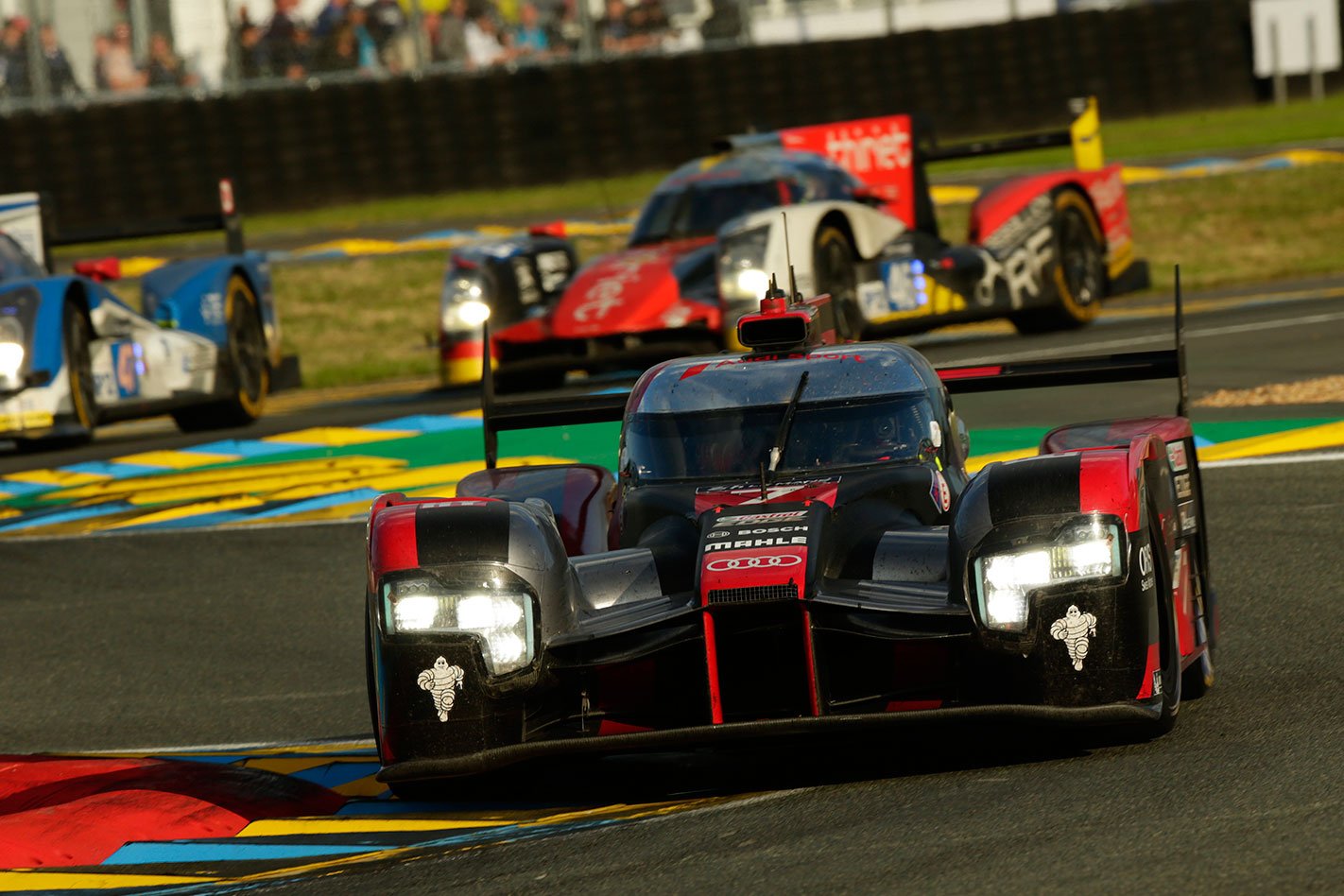
5. And so do the GTE regulations…sort of
This year resulted in another incredible battle in the GTE-Pro class between the new Ford GTs and the privateer Ferrari 488 entry of Risi Competizione, though somewhat farcically it ended with the first and second-placed cars protesting one another.

6. A supercar is faster than a GT car
Those last-minute adjustments were required when the Ford GTs went almost five seconds faster in qualifying than they had during the Le Mans test day, leaving their Porsche, Aston Martin and Chevrolet opposition miles off the pace and almost reducing Porsche’s motorsport boss to tears on the eve of the race.
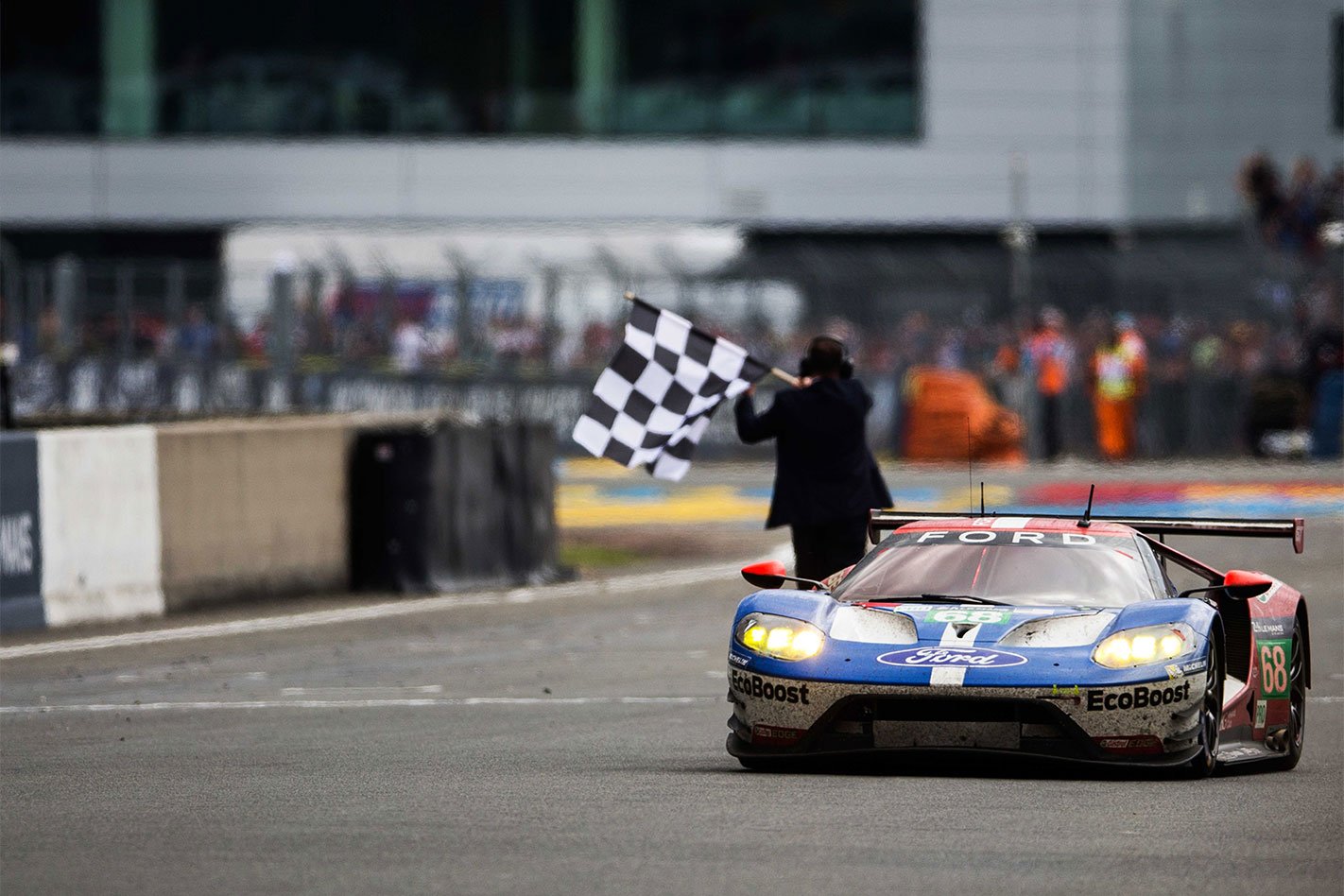
With mission accomplished and the good news story written, it will be interesting to see how the FIA responds to the speed of the Ford next year.
7. The speed of LMP1 is unbelievable
Now that Toyota has switched from a naturally-aspirated V8 to a twin-turbo V6, none of the top-tier LMP1 cars are particularly pleasing to the ears, but that doesn’t mean they aren’t spectacular.
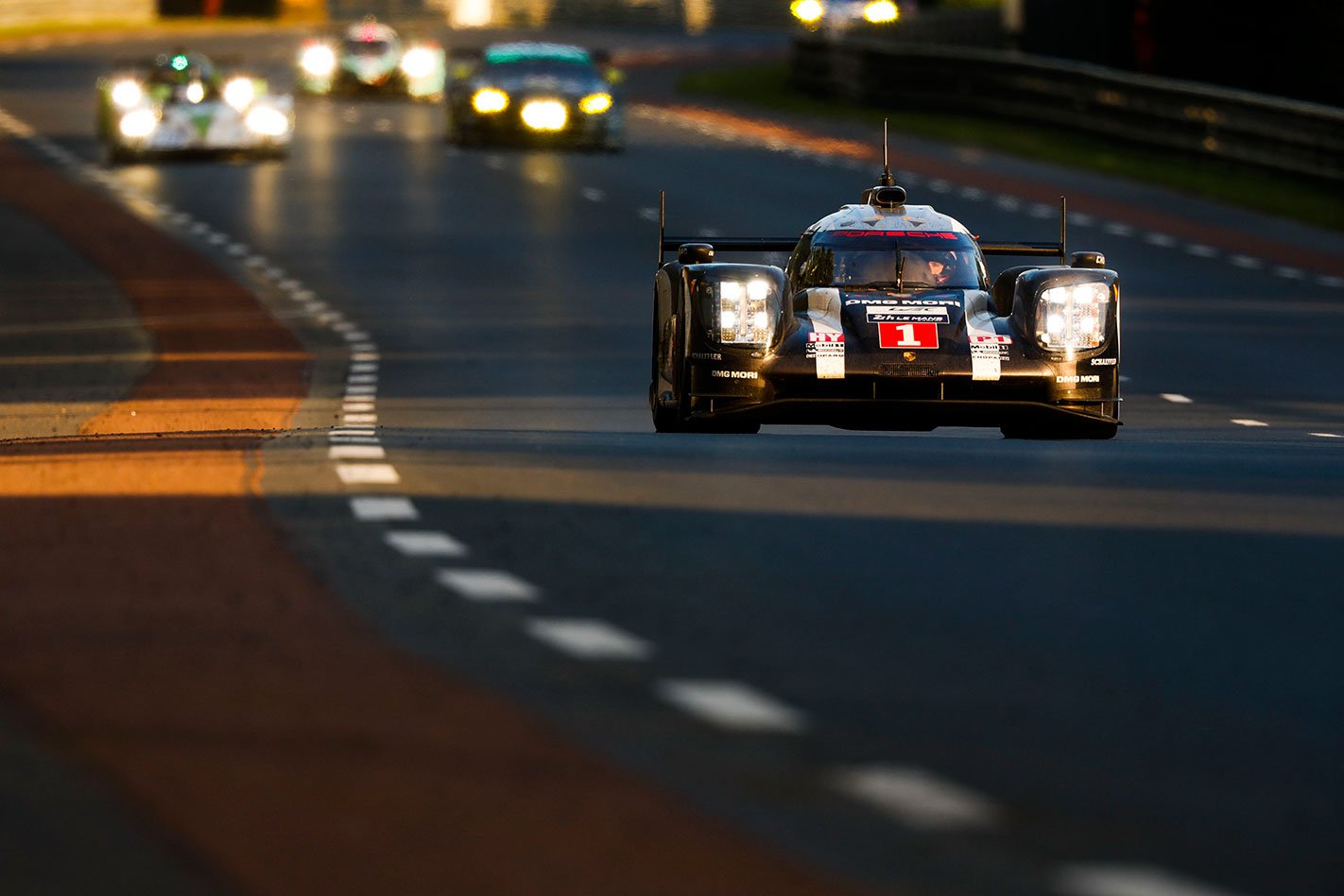
8. The driver line-up is incredible
The manufacturer LMP1 teams are dominated by ex-F1 drivers such as Mark Webber, Anthony Davidson and Kamui Kobayashi, but the depth of talent throughout the entire field is amazing.
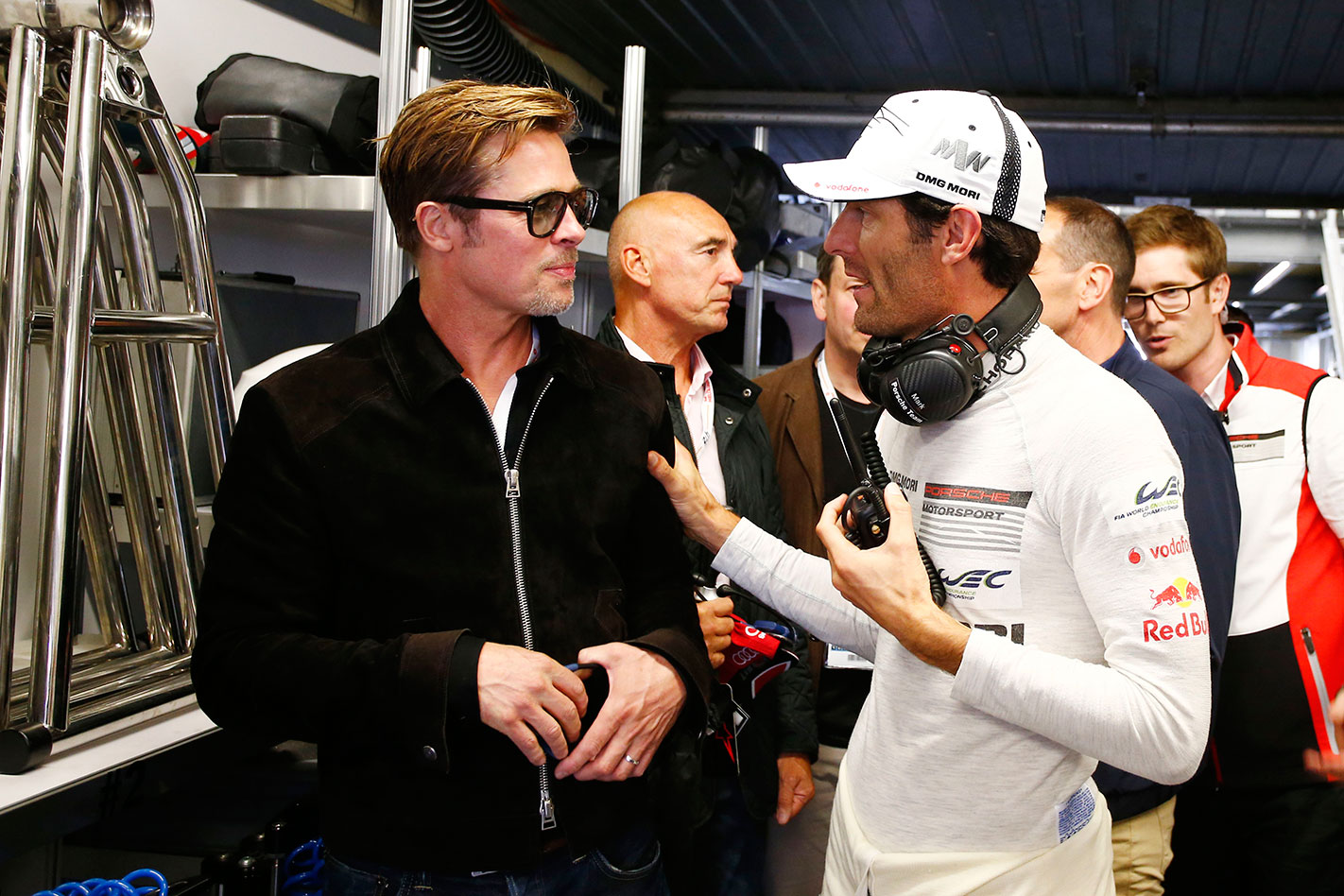
9. Le Mans is hugely important for manufacturers
The manufacturers racing at Le Mans spend up big, with massive corporate hospitality, purpose-built trackside hotels and special events to keep VIPs entertained.



